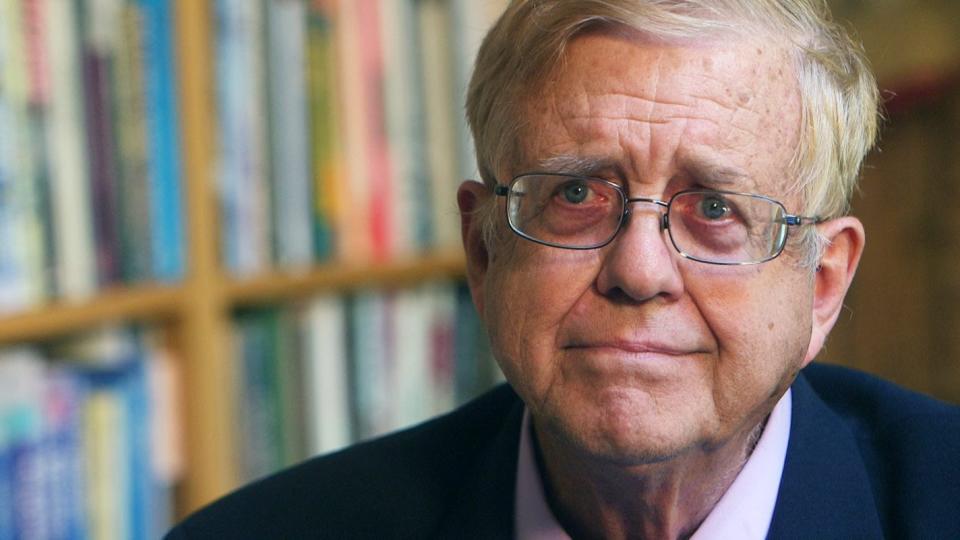How did April Fools' Day start? This Rutgers professor won't trick you
If you get fooled by a prankster on April 1, don’t feel bad. People have been falling for gags on the first day of April for more than 400 years.
That’s no joke.
As explained Angus Gillespie, a professor of American Studies at Rutgers University and a leading New Jersey folklorist, April Fools' Day has been a thing since the modern calendar (formally known as the Gregorian calendar) was introduced in 1582 by Pope Gregory XIII.
“In the old Julian Calendar, the new year began on April 1, but with the new Gregorian Calendar, the new year was set to begin on Jan. 1,” Gillespie said.

April Fools' Day: Some brand pranks that went wrong
News moved so slowly back then, especially in rural communities, that pockets of the population continued to celebrate the new year on April 1 after the calendar was introduced and had taken root in much of the western world. In France, those folks were given a derisive nickname.
“They were widely mocked as April fools,” Gillespie said.
So pranks on April 1 — preying on those unaware of the calendar — became an annual tradition. It’s a cute story, but what’s really impressive is how it survived four-plus centuries.
“Because it’s kind of fun,” Gillespie said.
April Fools' Day: Air guitar lessons, steak-scented deodorant and a job as a cat herder
But can it survive the modern revolution in the way many people communicate — via digital messages and social media?
“It works best in face-to-face encounters,” Gillespie said. “There’s a real danger if you start to push this stuff on social media. Once it’s in writing, it could be misinterpreted.”
But, he added, "I think it’ll survive. People enjoy fooling other people. There are potential ways in which it can go terribly wrong. I would not advise a young man to make a marriage proposal on April 1.”
Fair enough. Here are some of his favorite modern April Fools' Day jokes:
Big Ben: In 1980 the BBC announced that Big Ben’s clock face was being changed to digital, and the first person to respond to the network could win the clock hands.
Richard Nixon: In 1992, National Public Radio ran a spot with Nixon saying that he was running for president again, nearly two decades after he resigned. “It was very convincing, but it was not Nixon,” Gillespie said. “Only an actor.”
Boston Public Gardens: In 2016, Gardens officials issued an announcement warning people not to take cellphone photos of its sculptures because the light emitted would damage and erode them. “It was just right,” Gillespie said. “Very strange but kind of believable.”
Does Gillespie have a prank planned for this April Fools'?
“I do,” he said, “but my wife is sitting here listening to this conversation.”
April Fool's Day: Watch these sweet pranks caught on camera to get you in the spirit
Jerry Carino is community columnist for the Asbury Park Press, focusing on the Jersey Shore’s interesting people, inspiring stories and pressing issues. Contact him at jcarino@gannettnj.com.
This article originally appeared on Asbury Park Press: What is April Fool's Day? Rutgers University professor explains

